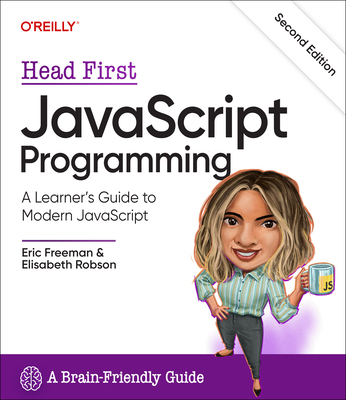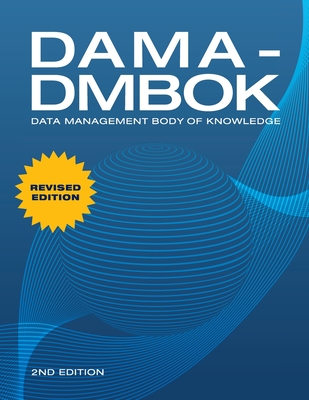Intermediate Java Programming Version 8.0 Training in Albany
|
We offer private customized training for groups of 3 or more attendees.
|
||
Course Description |
||
| This course teaches programming in the Java language -- i.e. the Java
Standard Edition platform. It is intended for students with previous
Java experience or training, who already know the fundamentals of the
Java architecture and basic procedural programming. This course provides
in-depth coverage of object-oriented concepts and how to apply them to
Java software design and development. We then move from these basic
skills into key parts of the Java SE Core API, including collections and
logging, and introduces features of functional programming, new to the
language as of Java 8, including functional interfaces, lambda
expressions, and streams. This revision of the course targets the Java
8 language and Core API. Students come to Java from a wide range of
backgrounds, and this course is designed to be as flexible as possible
over the upper end of that range. Specifically: Experienced C and
C++ programmers will find this course a very good fit and if anything
will find that they complete it in a little less than the full five-day
timeline. Those with experience in languages less like Java, such as
Visual Basic, ASP and other Web-scripting languages, and other
pseudo-object-oriented languages may need more time in the early going,
and this course covers its introductory topics in good depth and offers
many optional and "challenge" labs to support this. Less
experienced programmers or those coming from non-structured languages --
such as COBOL, PL/1, or 4GL tools -- will probably not cover the whole
course in a week, and may want to pursue an abbreviated version at a
slower pace. This too is quite feasible, but this audience may also want
to consider our Course 102, "Introduction to Java
Programming," for a more relaxed pace through the early material.
Course Length: 5 Days
Course Tuition: $2250 (US) |
||
Prerequisites |
|
| Students must be able to write, compile, test, and debug simple Java programs, using structured programming techniques, strong data types, and flow-control constructs such as conditionals and loops. Course 102 is ideal preparation for this course. | |
Course Outline |
Chapter 1. Review of Java Fundamentals
Chapter 2. Object-Oriented Software
Chapter 3. Classes and Objects
Chapter 4. Inheritance and Polymorphism in Java
Chapter 5. Using Classes Effectively
Chapter 6. Interfaces and Abstract Classes
Chapter 7. Collections
Chapter 8. Exception Handling and Logging
Chapter 9. Nested Classes
Chapter 10. Functional Programming
Chapter 11. Streams
|
Course Directory [training on all levels]
- .NET Classes
- Agile/Scrum Classes
- AI Classes
- Ajax Classes
- Android and iPhone Programming Classes
- Azure Classes
- Blaze Advisor Classes
- C Programming Classes
- C# Programming Classes
- C++ Programming Classes
- Cisco Classes
- Cloud Classes
- CompTIA Classes
- Crystal Reports Classes
- Data Classes
- Design Patterns Classes
- DevOps Classes
- Foundations of Web Design & Web Authoring Classes
- Git, Jira, Wicket, Gradle, Tableau Classes
- IBM Classes
- Java Programming Classes
- JBoss Administration Classes
- JUnit, TDD, CPTC, Web Penetration Classes
- Linux Unix Classes
- Machine Learning Classes
- Microsoft Classes
- Microsoft Development Classes
- Microsoft SQL Server Classes
- Microsoft Team Foundation Server Classes
- Microsoft Windows Server Classes
- Oracle, MySQL, Cassandra, Hadoop Database Classes
- Perl Programming Classes
- Python Programming Classes
- Ruby Programming Classes
- SAS Classes
- Security Classes
- SharePoint Classes
- SOA Classes
- Tcl, Awk, Bash, Shell Classes
- UML Classes
- VMWare Classes
- Web Development Classes
- Web Services Classes
- Weblogic Administration Classes
- XML Classes
- Introduction to Spring 6, Spring Boot 3, and Spring REST
15 December, 2025 - 19 December, 2025 - See our complete public course listing
Java Programming Uses & Stats
|
Difficulty
|
Popularity
|
Year Created 1995 |
|
Pros
Most Commonly Used:
Great Career Choice:
Android Apps Development:
It Can Run On Any Platform:
Great Supporting IDE's: |
Cons
Uses a Lot of Memory:
Difficulty in Learning:
Slow Start Up Times:
Verbose and Complex Code:
Commercial License Cost: |
| Java Programming Job Market |

Average Salary
|

Job Count
|

Top Job Locations
New York City |
|
Complimentary Skills to have along with Java Programming
- If you are an experienced Java developer, learning a complimentary language to Java should come much more naturally. As an example JetBrains recently created the Kotlin programming language which is officially supported by Google for mobile development. Kotlin compiles to Java bytecode and runs on the JVM; it's purported to address many of Java's shortcomings... |






![iPhone 15 Guide for Seniors: Easy-to-Follow Learning for Older Adults with Step-by-Step Instructions and Visual Aids [II EDITION]](/bookim/9781915331922.jpg)